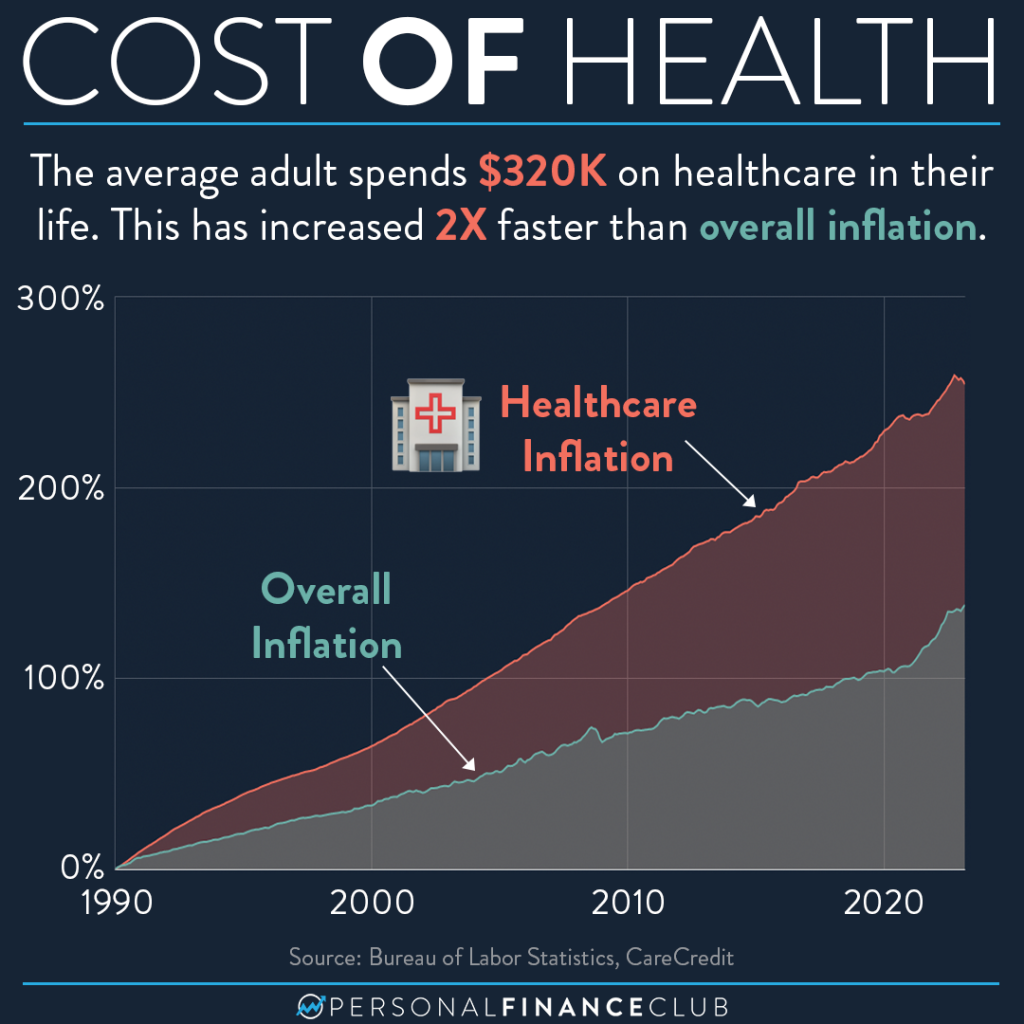Comprehensive Healthcare RCM for Improving Client Billing and Settlements
Comprehensive Healthcare RCM for Improving Client Billing and Settlements
Blog Article
A Comprehensive Overview on How Health Care RCM Functions to Improve Invoicing and Collections
Browsing the intricacies of health care income cycle administration (RCM) is vital for service providers aiming to enhance their invoicing and collections processes. The overview unboxes the ins and outs of RCM, from patient registration to accounts receivable monitoring, supplying insights right into maximizing each step.
Recognizing Profits Cycle Administration
RCM is an essential administrative feature that incorporates the entire financial process of patient care, from the initial consultation establishing to the last settlement of the balance. It is an intricate treatment designed to determine, gather, and manage the profits from the solutions given to clients.
The RCM process starts when a person schedules a consultation and extends via the person's treatment journey, consisting of billing and collections. A key goal is to lower the time in between receiving and providing a solution payment, thus enhancing the company's monetary health. RCM entails various functions such as client registration, insurance confirmation, fee capture, coding, declares submission, payment publishing, and handling charms and rejections.
Trick Elements of RCM
In the world of Earnings Cycle Management (RCM), recognizing its vital components is essential to accomplishing economic efficiency within medical care companies. RCM is a detailed procedure that incorporates different phases, each critical to guaranteeing effective invoicing and collections. The key components include person registration, insurance verification, cost capture, coding, insurance claim entry, settlement publishing, and receivable administration.


As soon as coded, cases are sent to payers, where accuracy is vital to stay clear of delays or rejections - Healthcare RCM. Settlement publishing entails recording the gotten repayments, which permits the settlement of accounts. Lastly, receivables administration concentrates on monitoring and addressing unsettled claims, guaranteeing prompt follow-up and resolution
Each part of RCM is interconnected, and inefficiencies in any type of component can interrupt the whole cycle. As a result, understanding these components is vital for healthcare carriers to maximize profits and enhance their monetary health.
Approaches for Effective Billing

Systematizing billing procedures across the company is one more essential approach. Establishing clear standards for documents, coding, and submission aids preserve uniformity and compliance with governing requirements. Training staff regularly on these procedures makes sure everybody is updated with the current modifications in payment codes and payer policies.
Exact fee capture is crucial in avoiding income leak. Applying regular audits and tracking systems allows for the recognition and modification of disparities before they impact profits. Furthermore, preserving open lines of communication with payers assists to rapidly fix any disputes or misconceptions that may occur.

Lastly, appealing people early in the invoicing process by providing clear price quotes and educational products about their economic duties can considerably reduce confusion and improve repayment timeliness. These approaches jointly add to a much more monetarily healthy and balanced and efficient payment system.
Enhancing Collections Processes
A robust collections procedure is vital for preserving economic security within medical care companies. Provided the intricacies of medical payment and the variety of payer needs, enhancing the collections process entails carrying out calculated procedures that make certain timely and exact repayment of services made. Central to this is using innovation to automate and streamline procedures, reducing manual errors and boosting performance. Automation tools can help in tracking case conditions, sending timely reminders to people, and taking care of denials much more effectively.
Educating personnel to recognize the nuances of insurance coverage and payment codes is just as necessary. This knowledge equips them to address payment disparities rapidly and connect properly with clients regarding their monetary responsibilities. Furthermore, transparent and clear client communications are important. Providing thorough explanations of charges and supplying versatile settlement strategies can enhance patient complete satisfaction and prompt repayments.
Routine audits of the collections procedure must be conducted to identify locations for enhancement and make sure conformity with guidelines. By evaluating information, healthcare companies can determine fads, expect prospective problems, and adjust techniques as necessary (Healthcare RCM). Ultimately, a well-enhanced collections procedure not only sustains monetary health yet likewise adds to a more seamless experience for clients and staff alike
Optimizing Profits Streams
Structure upon the foundation of a solid collections procedure, healthcare companies can further strengthen their monetary security by strategically optimizing profits streams. This involves a multi-faceted strategy, beginning with a detailed evaluation of existing profits sources to identify inadequacies and locations for growth. Employing advanced data analytics tools allows organizations to get insights right into payer mix, patient demographics, and solution utilization patterns, enabling data-driven choices that boost income capture.
Carrying out automated payment systems can significantly decrease mistakes and accelerate cases refining, making certain that earnings is collected more efficiently. Additionally, maximizing payer contracts through regular negotiations can enhance repayment prices and terms, straight affecting the bottom line. Branching out solution offerings, such as integrating telehealth or health care, can additionally draw in a more comprehensive client base, hence boosting profits possibility.
One more essential part is improving client engagement and fulfillment, as pleased Click Here people are a lot more likely to abide by therapy plans and make timely settlements. Using versatile payment options and clear invoicing practices can boost collections and foster person commitment. Healthcare RCM. By adopting these strategies, medical care companies can create a much more durable monetary framework, making sure sustained development and stability in an ever-changing industry landscape
Final Thought
Finally, healthcare Profits Cycle Management (RCM) plays an important role in maximizing billing and collections procedures by integrating crucial components such as web patient enrollment, insurance coverage verification, charge capture, coding, claims submission, and balance due monitoring. By utilizing advanced technology, systematizing procedures, and promoting person interaction, health care service providers can dramatically decrease claim rejections, accelerate repayment cycles, and improve cash money flow. This comprehensive method to RCM inevitably causes boosted monetary performance and sustainability for medical care organizations.
The RCM process starts when an individual timetables a consultation and extends through the person's care journey, including invoicing and collections.Another essential component is enhancing client involvement and fulfillment, as completely satisfied patients are more most likely to adhere to treatment plans and make timely repayments. Supplying adaptable repayment alternatives and clear billing techniques look at more info can improve collections and foster patient loyalty.In final thought, health care Income Cycle Management (RCM) plays an essential role in optimizing billing and collections procedures by integrating key components such as patient enrollment, insurance confirmation, fee capture, coding, claims submission, and accounts receivable management. By utilizing advanced technology, standardizing treatments, and cultivating individual engagement, healthcare suppliers can considerably minimize insurance claim denials, speed up repayment cycles, and improve cash circulation.
Report this page